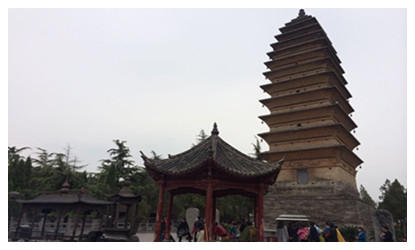Skype: neodalle-travel
Tel: +86 135 7447 2266
E-mail: sales@visitaroundchina.com

 Chinese Buddhism Architecture
Chinese Buddhism ArchitectureChinese Confucianism Architecture
Confucius was the founder of Confucianism in China, a philosopher, moralist, statesman and educationist, but no religionist head. The thoughts and teachings of Confucius have had a great influence on Chinese feudalist society in the political, philosophic and cultural fields. People built thousands of Confucius Temples, called Kong Miao or Wen Miao to commemorate him. Nowadays, nearly 300 of these temples have survived through the ages. Among them the Confucius Temples in Qufu, Shangdong Province and Beijing are very famous. Confucius temples are quiet and peaceful!
Chinese Altar Architecture
The worship of heaven and Earth, the sun and moon, gods and spirits, and ancestors and celebrities was a principal part of the spiritual life of all ancient Chinese people, from emperors to commoners. Alters were set up to deities, and galls and shrines were built to commemorate ancestors. The special styles of such edifices are indicated by the term "altar and temple architecture." Alters at which emperors worshipped Heacen and Eathh, the temples for the worship of Confucius, found all over China, and shrines to Guan Yu, a renowned general of the Three Kingdoms period(200-265), later deified. Temples and shrines for ancestral worship include the Imperial Ancestral Temple and a host of memorial halls for the worship of the ancestors of commoners, also found all over China. There altars, temples and shrines vary in shape from place to place and between ethnic groups.
Buddhism, Taoism and Confucianism are three main religions in China. Although they have never acquired such important roles to be considered to dominate the political system in China's history as Christianity or Islam has done to some western countries. However, they do have deep influence on the development of China's politics, philosophy, art and social cultures. Chinese temples, range in size from back-alley Taoist hut to magnificent Tibetan Buddhist Drepung Monastery, the largest and richest monastery, which covers an area of over 200 thousand square meters.
 Ask Questions ?
Ask Questions ?